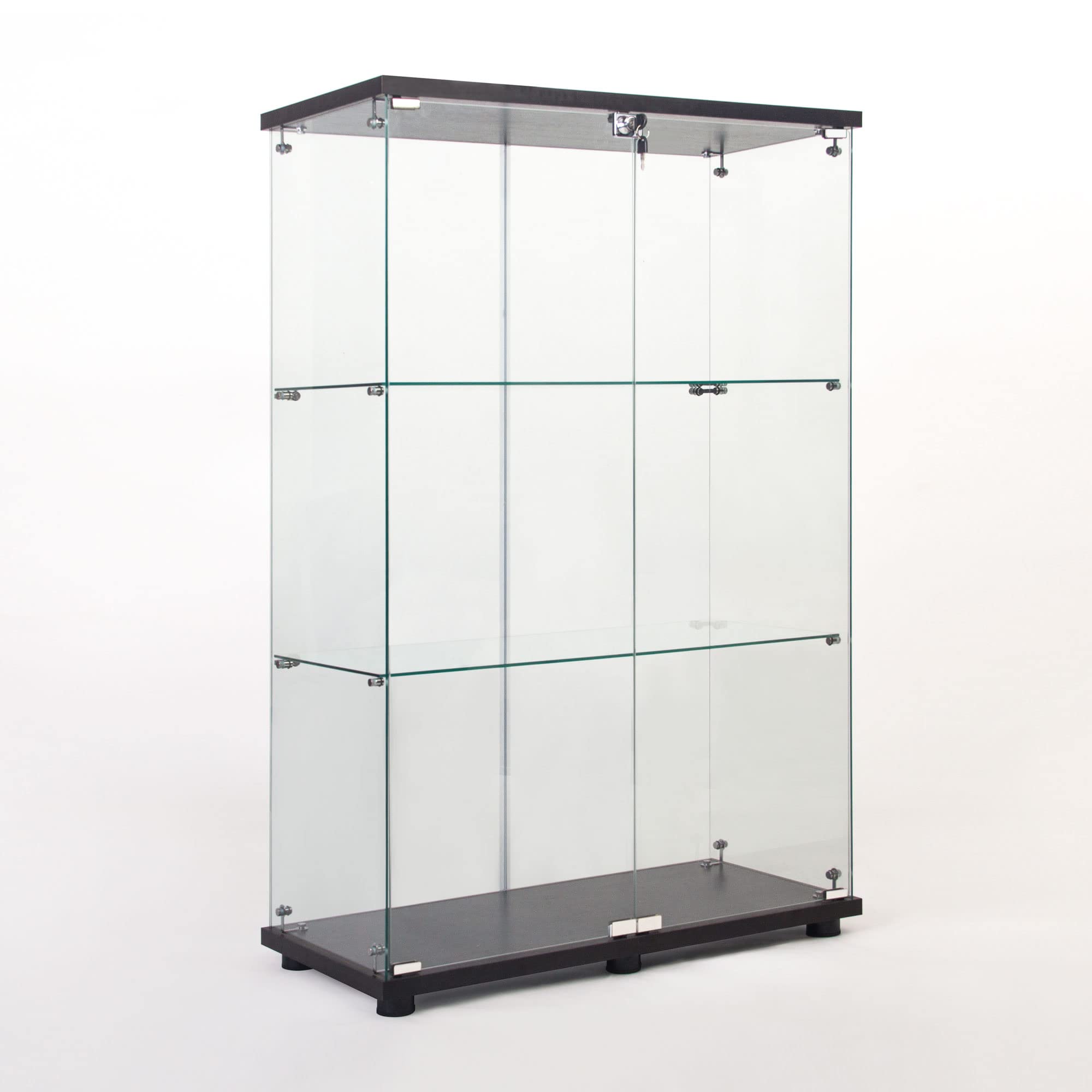Applications and Uses of Glass Vitrine Display Cabinets

Glass vitrine display cabinets are versatile structures designed to showcase and protect valuable items. They offer a clear and elegant way to present artifacts, products, or collections, enhancing their visual appeal and providing security.
Retail Applications
Vitrine display cabinets are widely used in retail settings to attract customers and enhance the shopping experience. They are particularly effective for showcasing high-value items, such as jewelry, watches, and electronics. By displaying products in a secure and visually appealing manner, retailers can increase customer interest and sales.
- Jewelry Stores: Vitrines are essential in jewelry stores, allowing customers to admire intricate pieces from a safe distance. The glass provides clear visibility, highlighting the sparkle and craftsmanship of the jewelry.
- Luxury Boutiques: High-end boutiques often use vitrines to showcase designer clothing, handbags, and accessories, creating a luxurious and exclusive atmosphere.
- Electronics Retailers: Vitrines protect delicate electronics, such as smartphones and laptops, while allowing customers to view and interact with the products.
Hospitality Applications
In the hospitality industry, glass vitrine display cabinets add a touch of elegance and sophistication to restaurants, hotels, and bars. They can be used to display unique collections, such as vintage wines, rare spirits, or antique tableware.
- Restaurants: Vitrines can showcase desserts, pastries, or special dishes, tempting customers and adding a touch of visual appeal to the dining experience.
- Hotels: Vitrines in hotel lobbies or bars can display art pieces, local crafts, or historical artifacts, enhancing the ambiance and providing a glimpse into the local culture.
- Wine Bars: Vitrines are perfect for displaying rare or vintage wines, allowing customers to admire the bottles and labels before making a selection.
Museum and Gallery Applications
Museums and art galleries rely heavily on glass vitrine display cabinets to protect and showcase their collections. Vitrines provide a secure environment for artifacts, paintings, and sculptures, minimizing the risk of damage or theft.
- Historical Artifacts: Vitrines protect delicate historical artifacts, such as ancient pottery, textiles, or documents, ensuring their preservation for future generations.
- Artworks: Vitrines provide a controlled environment for displaying paintings, sculptures, and other artworks, minimizing exposure to harmful elements like dust, humidity, and UV light.
- Scientific Specimens: Vitrines are used in museums and research institutions to showcase scientific specimens, such as fossils, minerals, and anatomical models, allowing for close examination without handling.
Private Collections
Vitrine display cabinets are also popular among individuals with private collections, providing a secure and stylish way to showcase their prized possessions.
- Antique Collections: Vitrines are ideal for displaying antique furniture, porcelain, and other valuable items, creating a sophisticated and elegant atmosphere.
- Art Collections: Private art collectors often use vitrines to showcase paintings, sculptures, and prints, ensuring their protection and enhancing their visual appeal.
- Collectibles: Vitrines are perfect for displaying collectibles, such as stamps, coins, or vintage toys, creating a visually appealing and organized display.
Advantages and Disadvantages, Glass vitrine display cabinet
Glass vitrine display cabinets offer numerous advantages, but there are also some potential disadvantages to consider:
Advantages
- Enhanced Visibility: Glass provides a clear view of the displayed items, allowing for optimal visibility and appreciation.
- Protection: Vitrines protect valuable items from dust, damage, and theft, ensuring their preservation and security.
- Elegance: Glass vitrines add a touch of elegance and sophistication to any setting, enhancing the aesthetic appeal of the displayed items.
- Versatility: Vitrines are available in various sizes and styles, making them suitable for displaying a wide range of items.
Disadvantages
- Maintenance: Glass vitrines require regular cleaning to maintain their clarity and prevent dust accumulation.
- Cost: Vitrines can be expensive, especially those made with high-quality materials and intricate designs.
- Limited Accessibility: Items displayed in vitrines are not easily accessible, which can be a disadvantage in retail settings.
